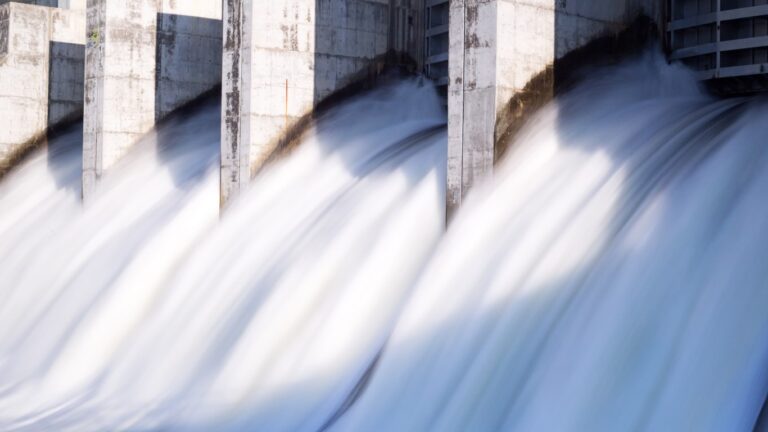Climate Change, Physical Attacks On Grid Leading to Increasing Power Outages

To meet the country’s green energy goals – 80% electricity generation from renewables by 2030, up from 20% as of 2023 – the U.S. government is investing billions on building out a robust grid infrastructure invulnerable to disruption. A functioning electric grid is the backbone of modern American life, and is critical in the transition to clean energy, wherein electricity from remote wind and solar farms must be able to travel hundreds of miles to the homes and businesses where it is consumed.
Worried about car theft? EVs Don’t Get Stolen
High electric bill? The 25 Cities That Pay The Most for Electricity
Despite improvements, in recent years the electric grid has suffered increasing numbers of outage-causing disruptions. According to data from the Department of Energy, grid disruptions have increased at an average rate of 9.7% a year in the last decade, rising from 174 in 2013 to 348 in 2023.
While any number of accidents can cause a power outage, from employee error to a bird flying into a transmission line, the main cause of increasing disruption events is severe weather. Over the last two decades, scientists and other practitioners in the field of extreme event attribution have found increasing evidence linking manmade climate change and the uptick in statistically rare weather events like hurricanes and blizzards. Hurricane Helene wrought widespread destruction throughout the Southeast last week, killing at least 160 people and leaving thousands stranded without power. In 2023, there were 28 distinct severe weather events in the United States that caused at least $1 billion in damages, the most in recorded history.
That same year, weather events caused 81 disturbances to the electric grid, up from 56 disturbances 10 years prior. Since 2013, weather-caused disturbances have increased at an average annual rate of 11.9%.
And while meteorologists may debate just how many of these power outages are specifically attributable to climate change, the nature of another fast-rising cause of disturbance events is far less ambiguous: physical attack. In 2023, vandalism, suspicious activity, and physical and cyber attack were the reported causes of 206 grid disturbances, the most of any year on record and nearly twice the 111 incidents reported in 2013. On average, disturbances due to vandalism, suspicious activity, and physical and cyber attack have increased 17.5% annually since 2013.
Many of the incidents are reported as acts of domestic terrorism, but vandalism can also include burglaries, random break-ins, and other thefts. For many reasons, people are targeting U.S. power stations at an increasing rate.
A decentralized system managed by a complex patchwork of independent entities, the U.S. electric grid is highly vulnerable to physical attack. And while there has been some federal action in recent years aimed at buttressing the physical security of electric grid components around the country, far more work is required to properly defend against the dual, fast-rising threat of severe weather and physical attack.
Sponsor
Find a Vetted Financial Advisor
- Finding a fiduciary financial advisor doesn't have to be hard. SmartAsset's free tool matches you with up to 3 financial advisors that serve your area in 5 minutes.
- Each advisor has been vetted by SmartAsset and is held to a fiduciary standard to act in your best interests. Get on the path toward achieving your financial goals!






